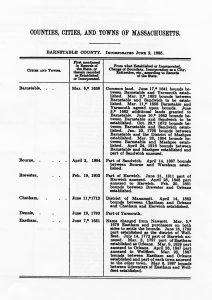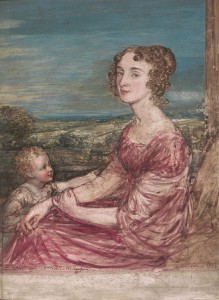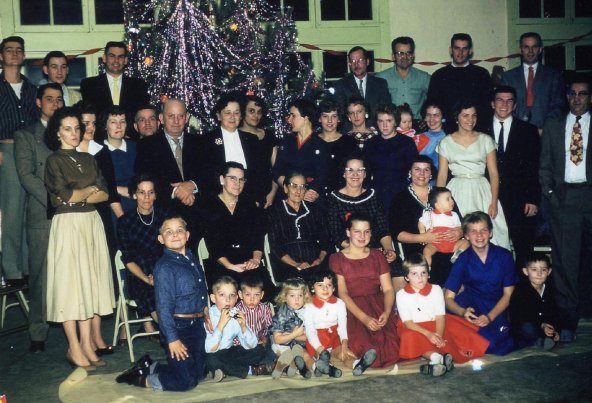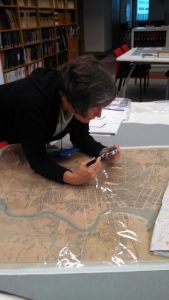[Editor’s note: This blog post originally appeared in Vita Brevis on 13 May 2015.]

David Allen Lambert’s April post on livelihoods inspired me to consider my own “family’s business.” In looking at my ancestry, one occupation pops up again and again and again: shoemaker. From Great Migration immigrants to Italian calzolai to French-Canadian shoe factory workers, my ancestors knew shoes.
The earliest shoemakers or cordwainers to New England arrived in 1629.[1] My ancestor (on my father’s side) Anthony Morse (abt. 1607–1686) arrived in Newbury aboard the James in 1635 with his brother William. Both appear on a passenger list as shoemakers.[2] Continue reading ICYMI: “If the shoe fits”







